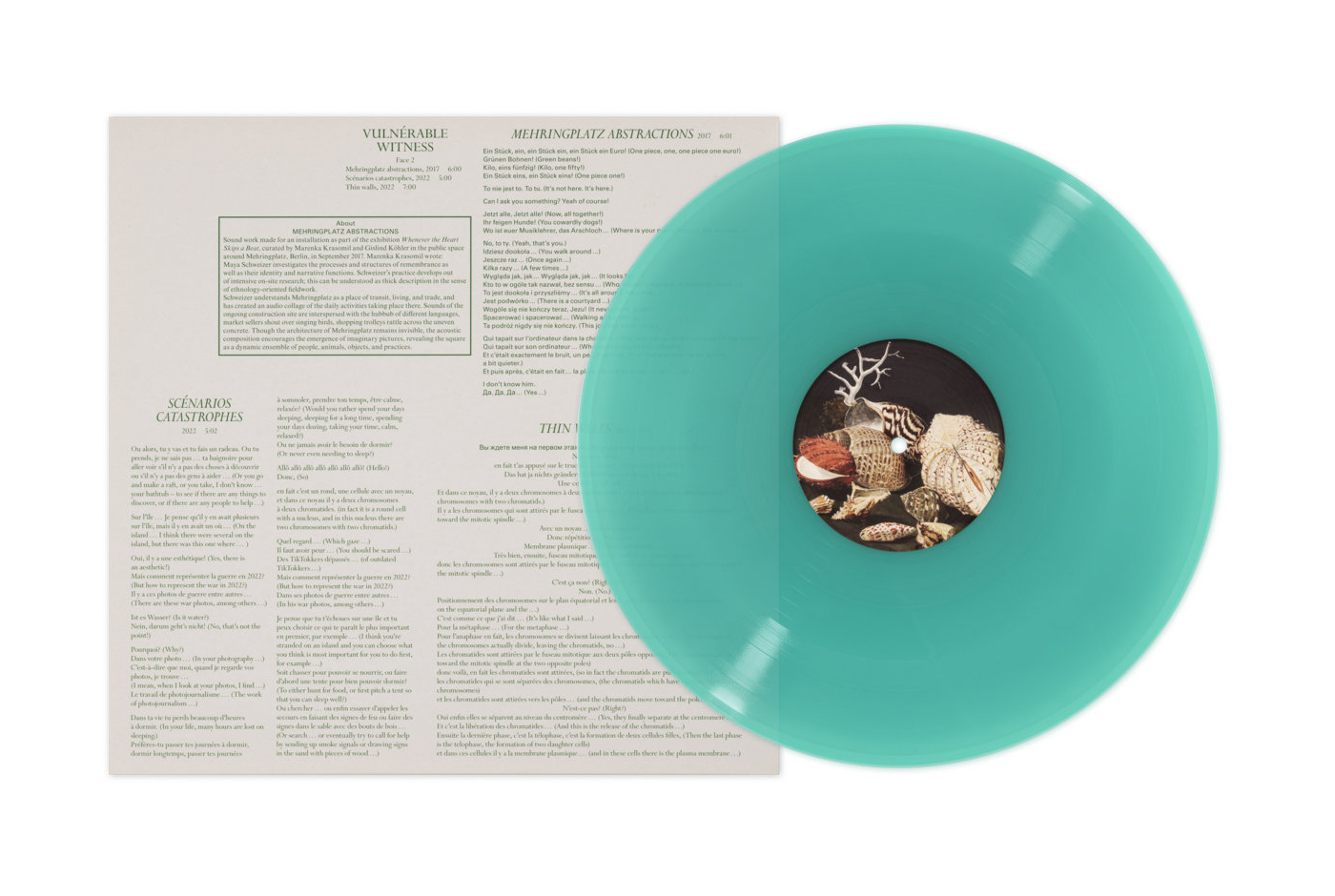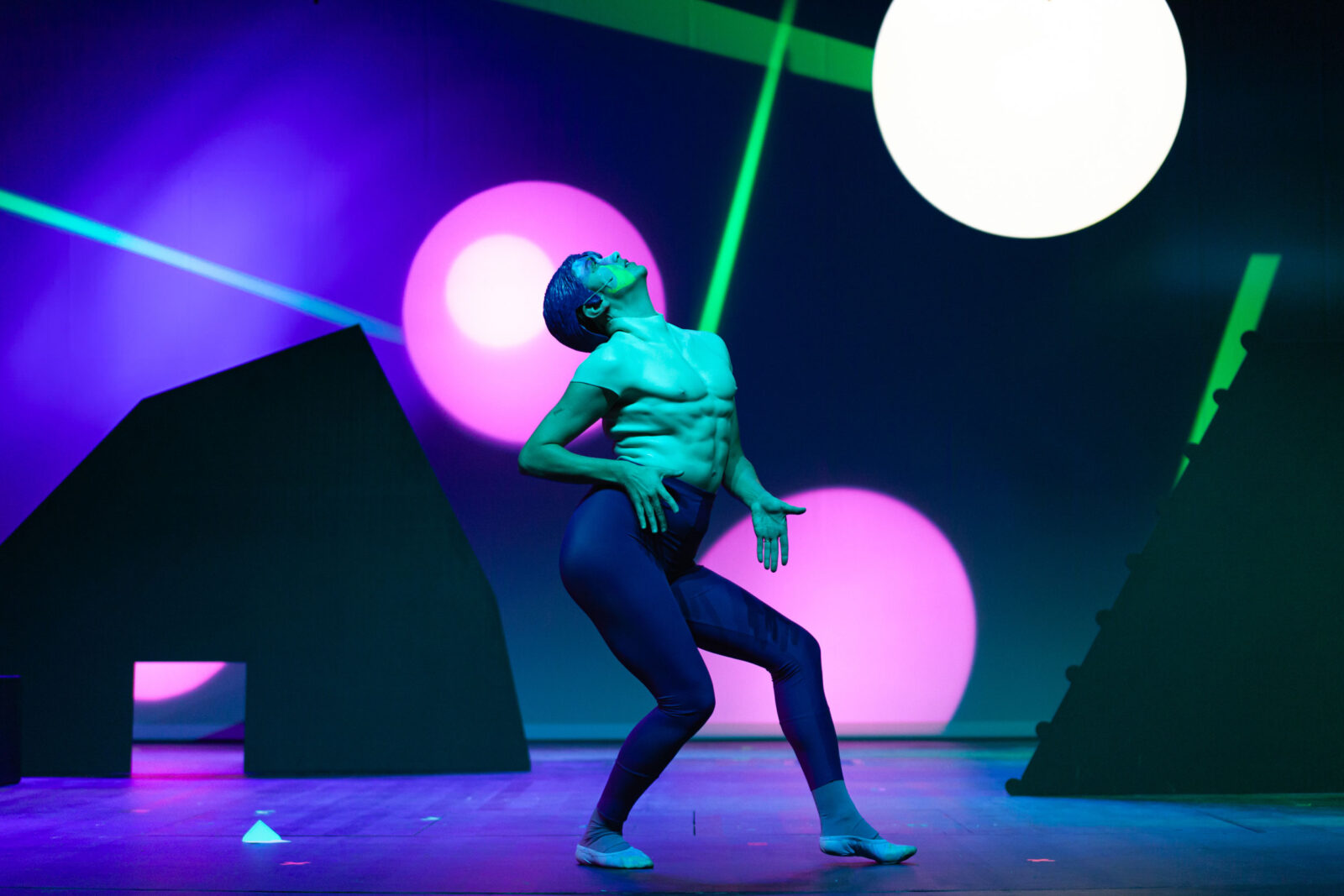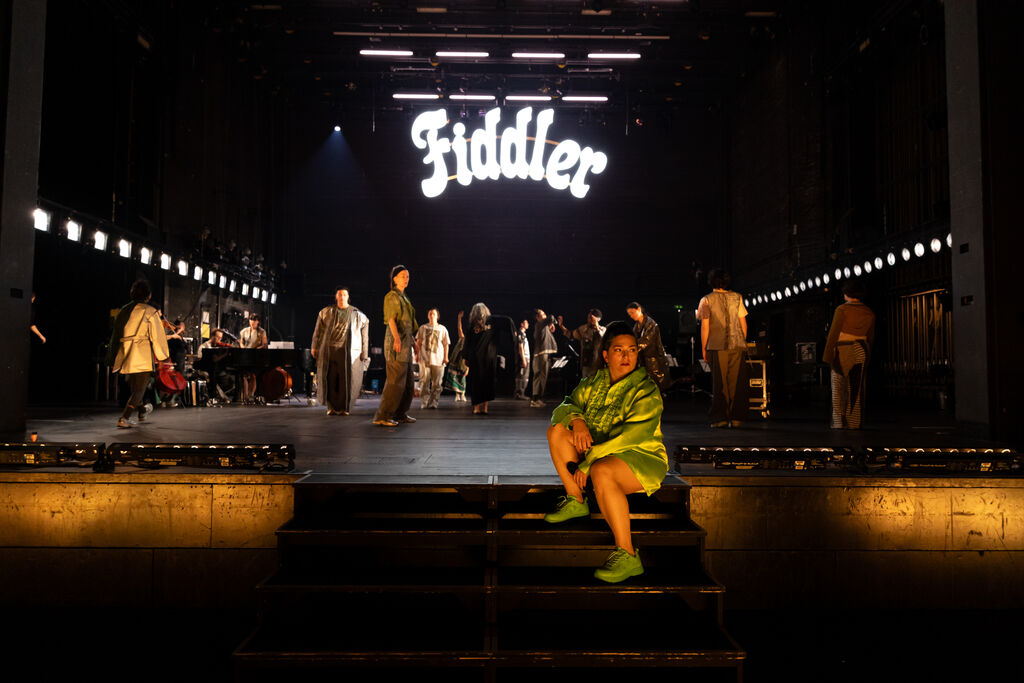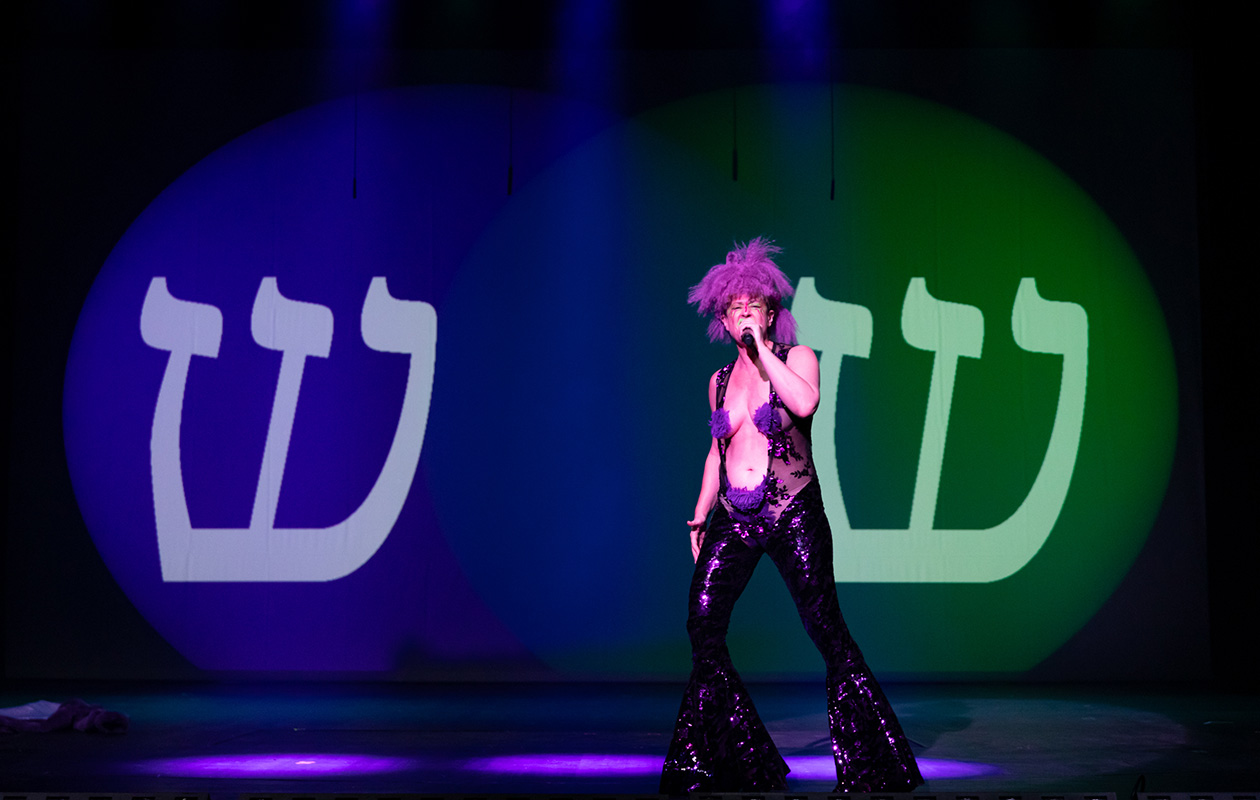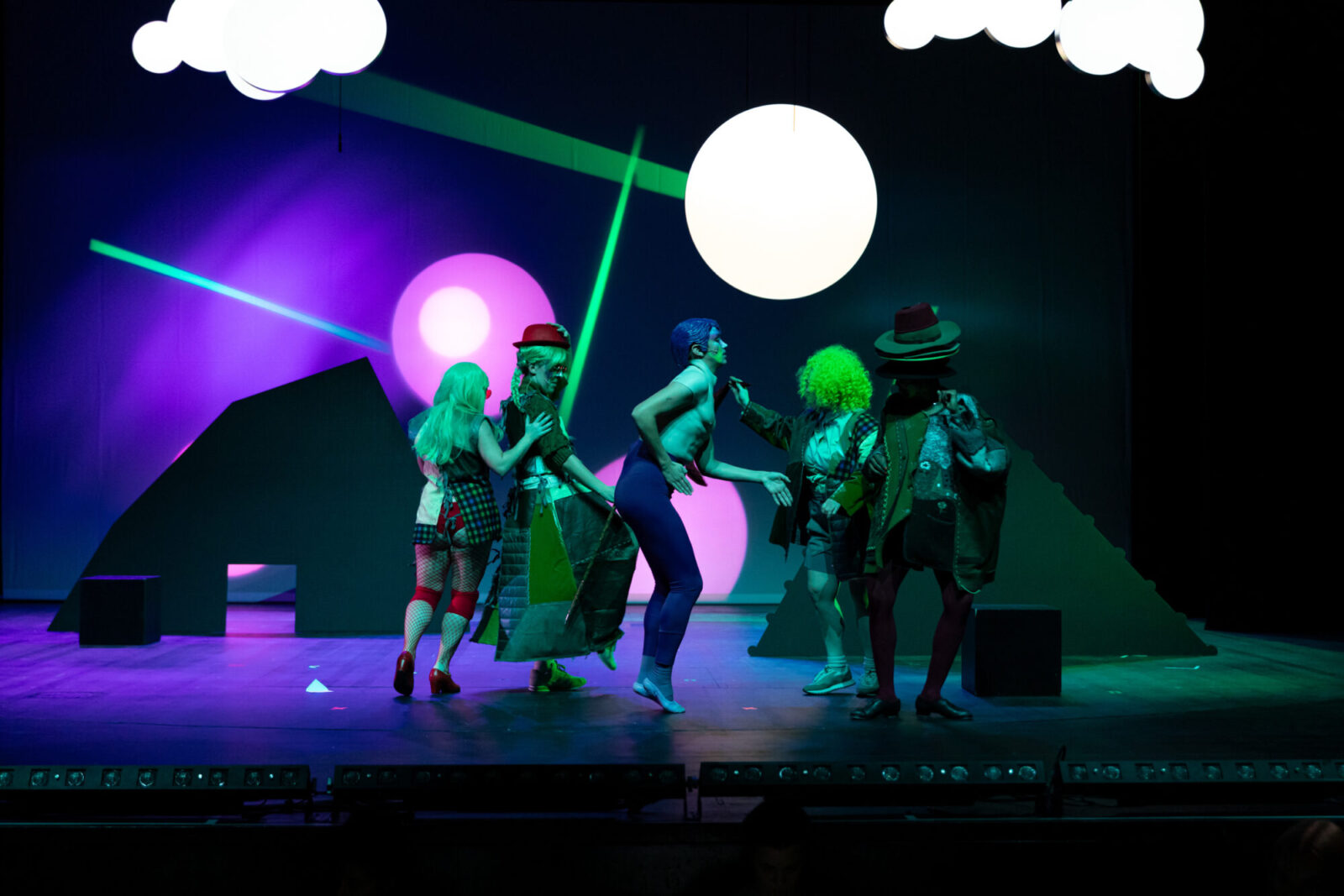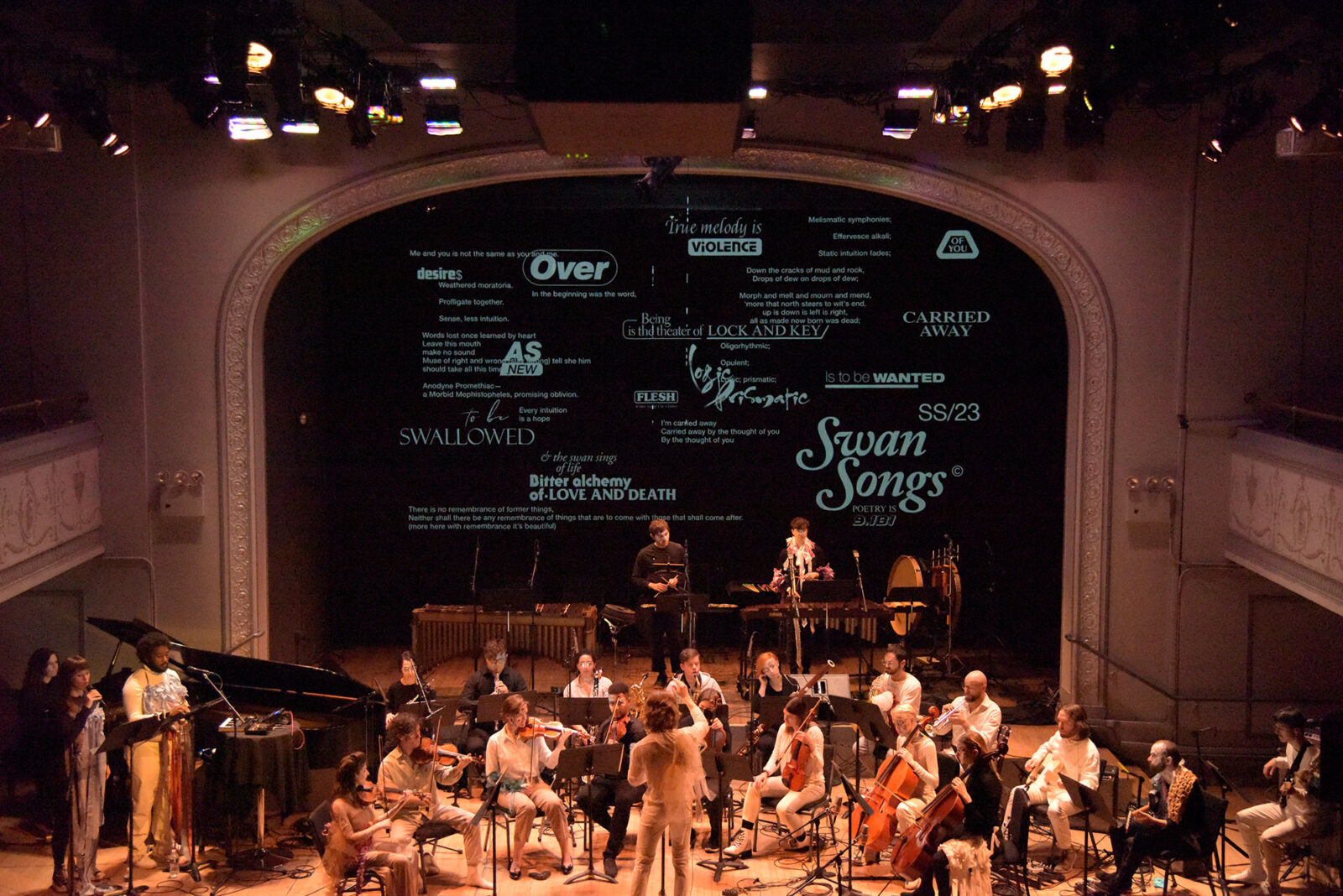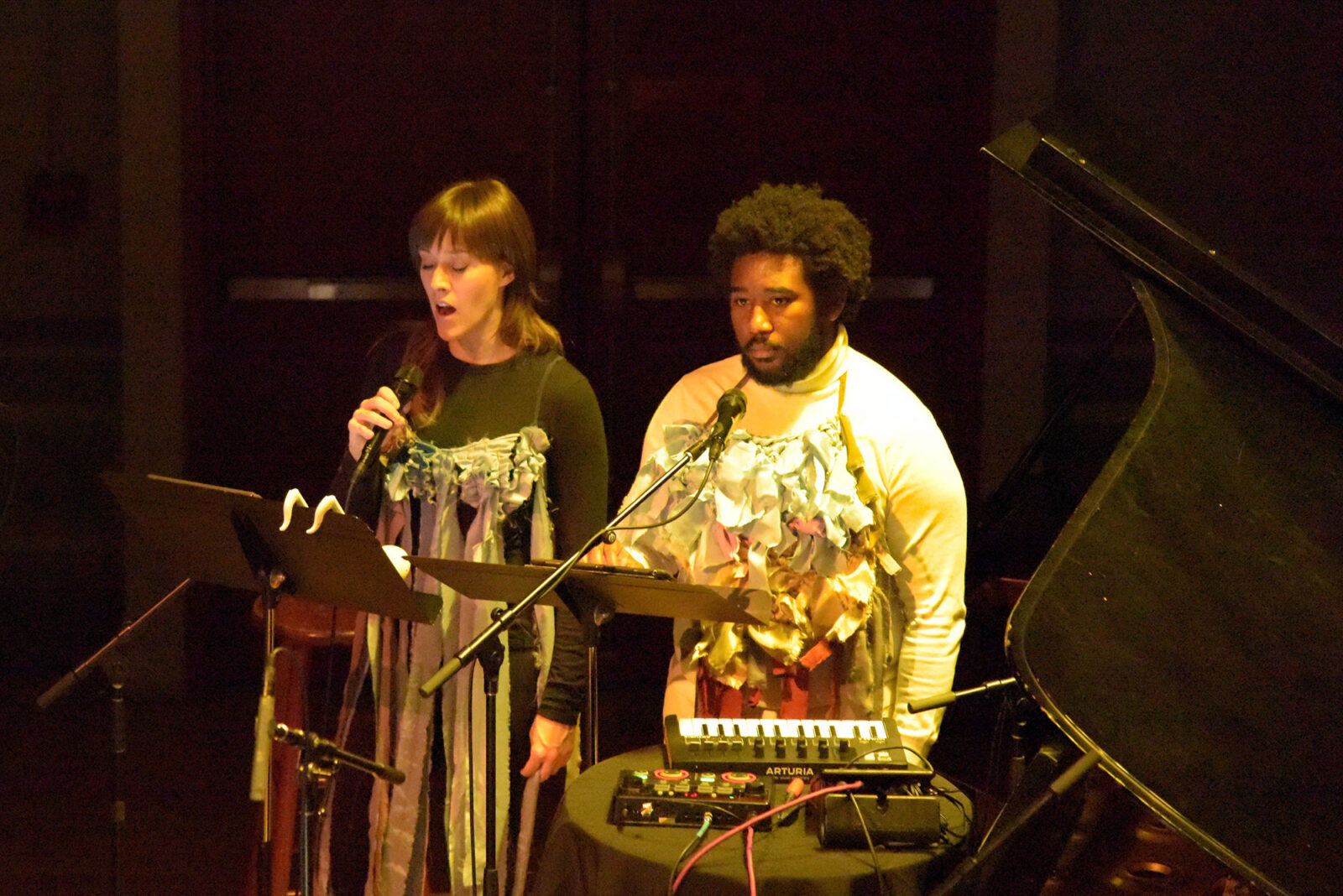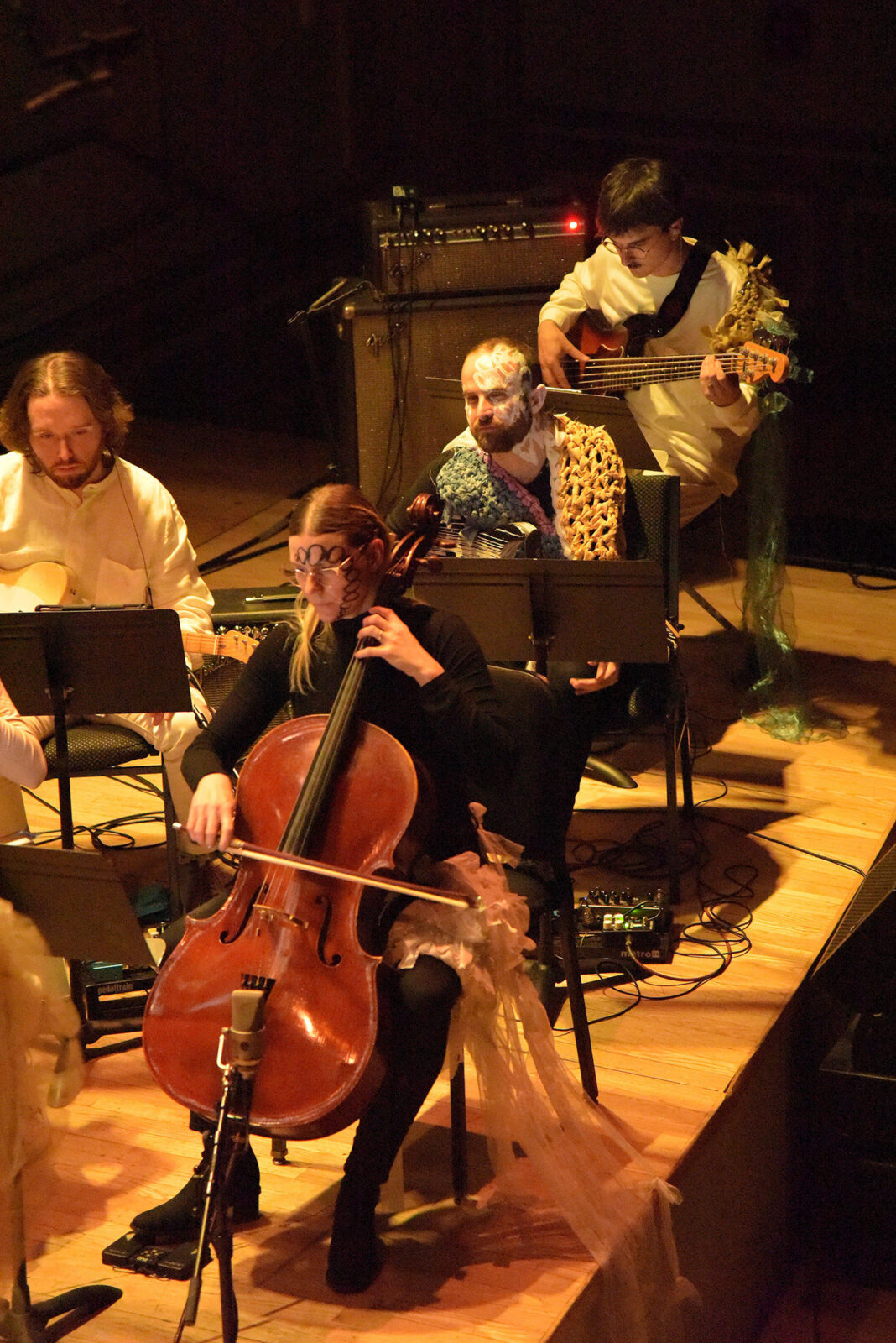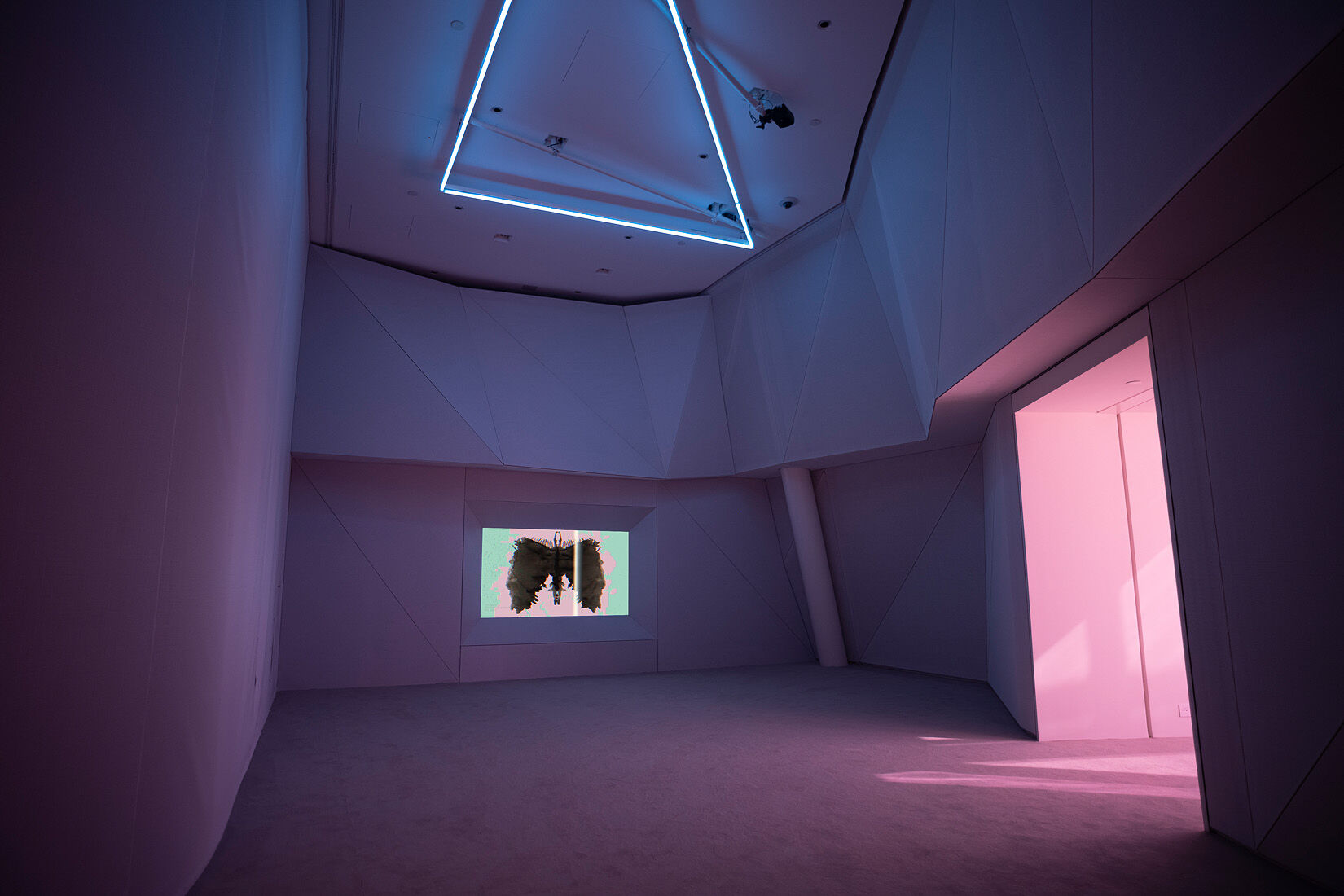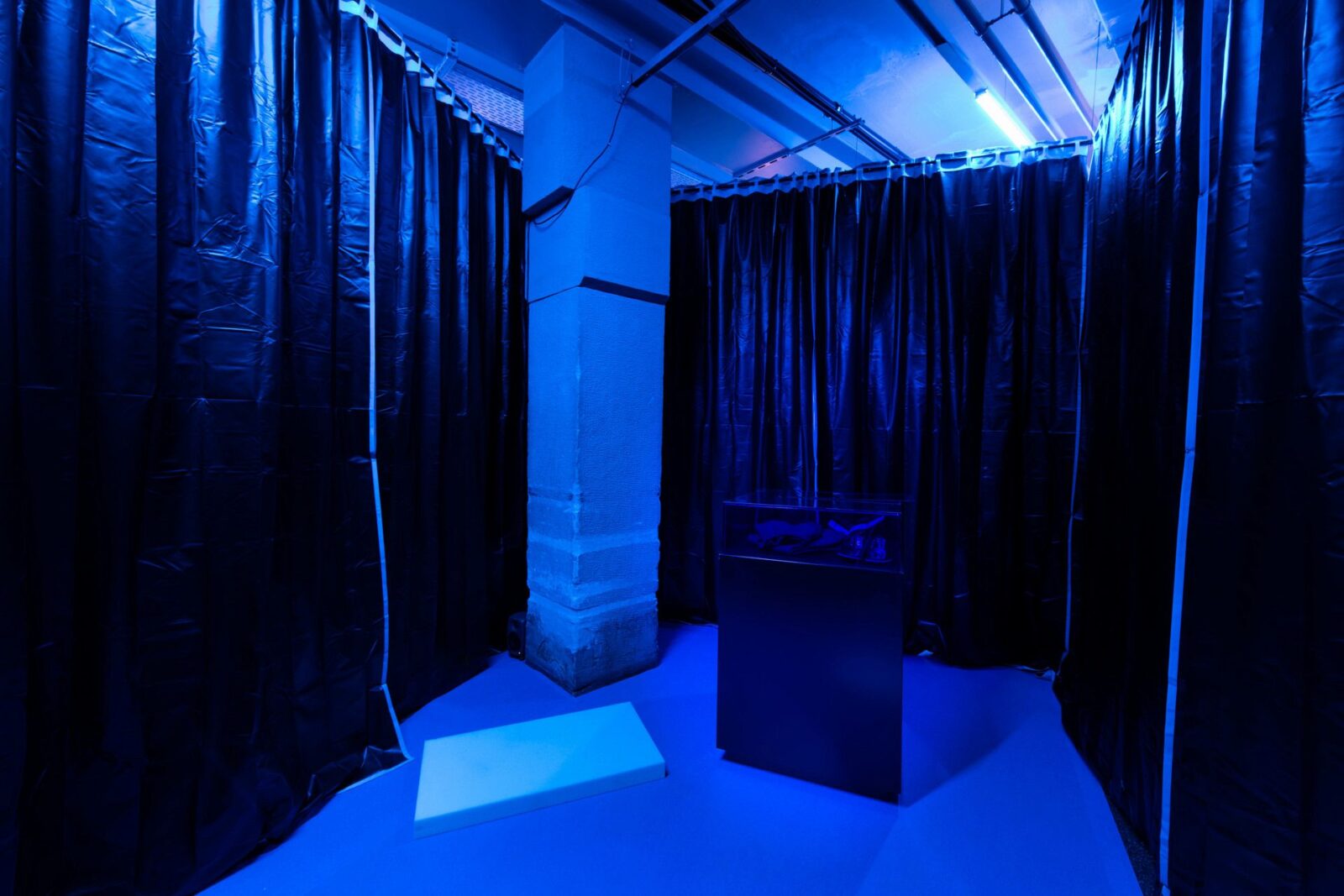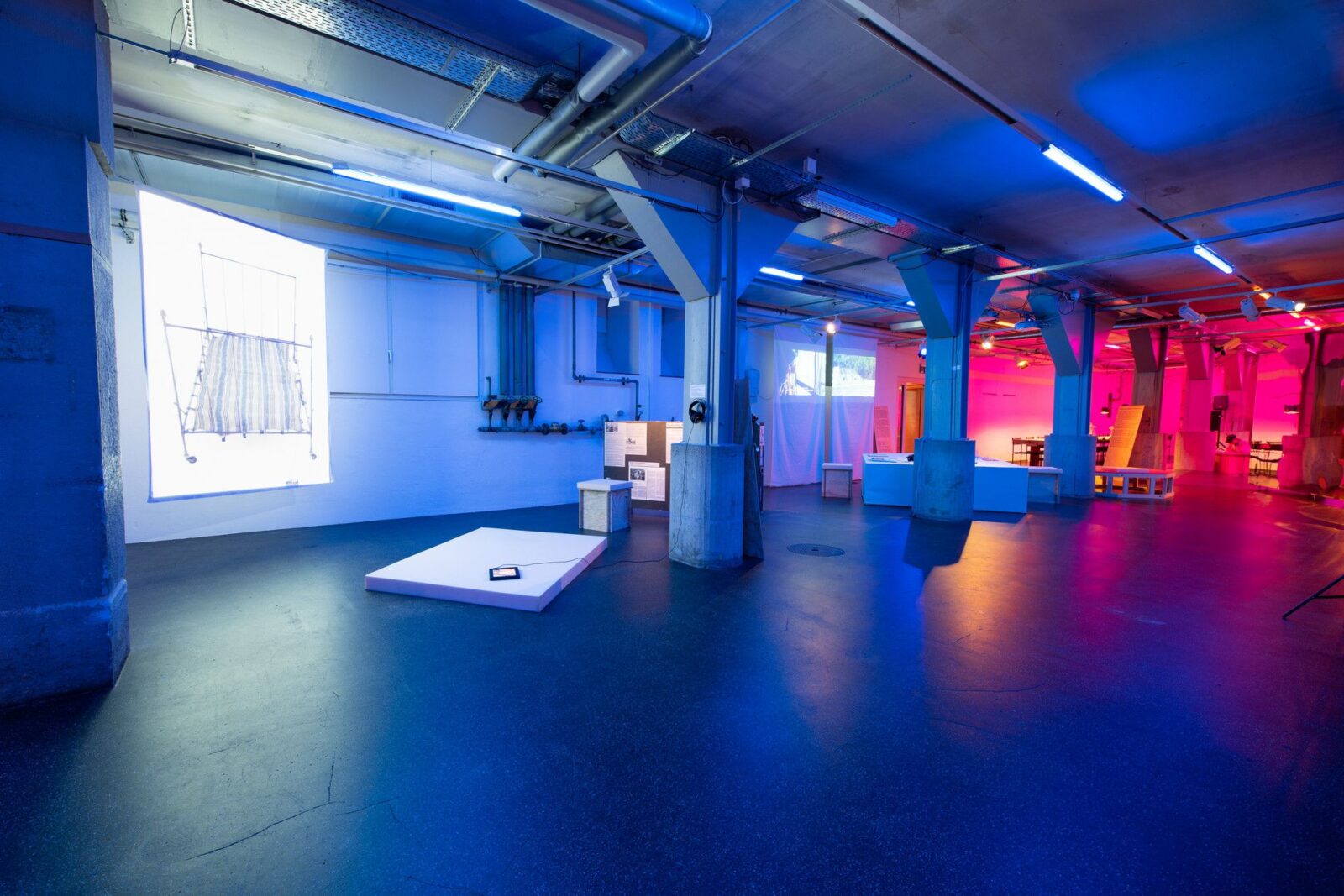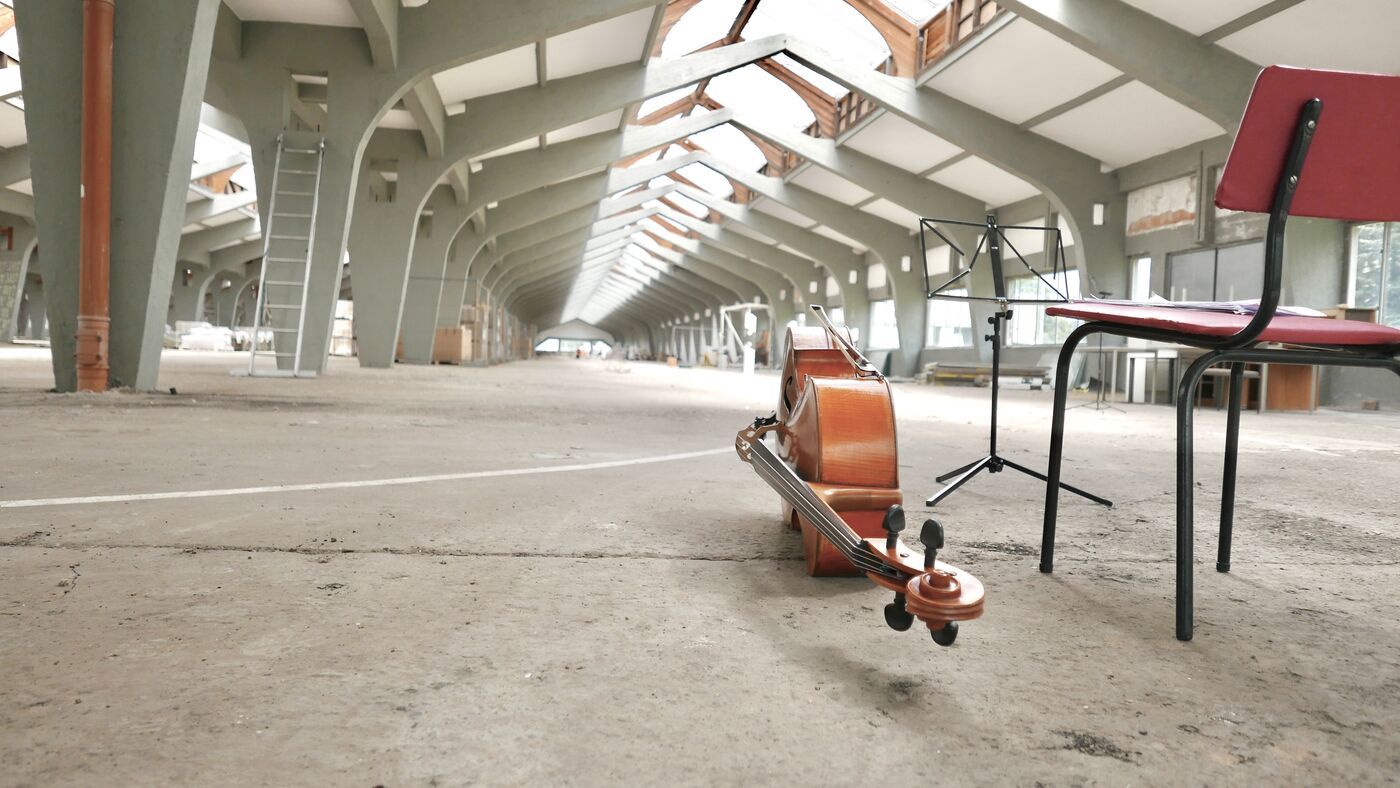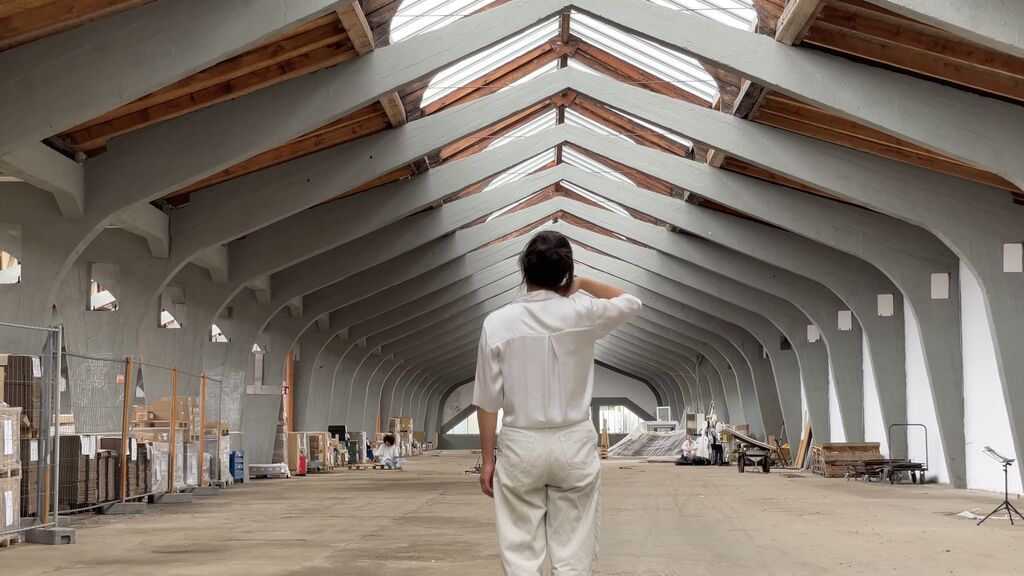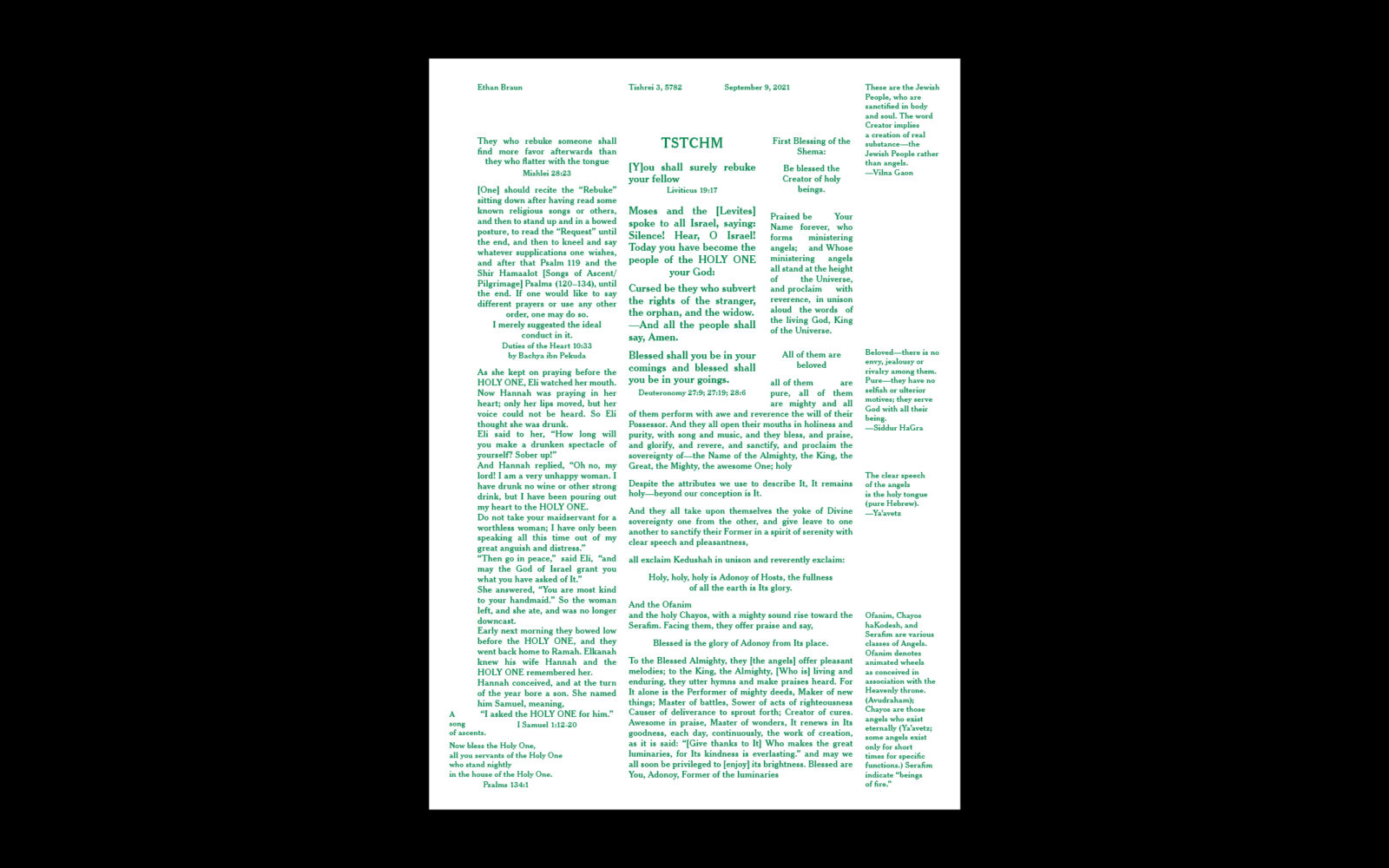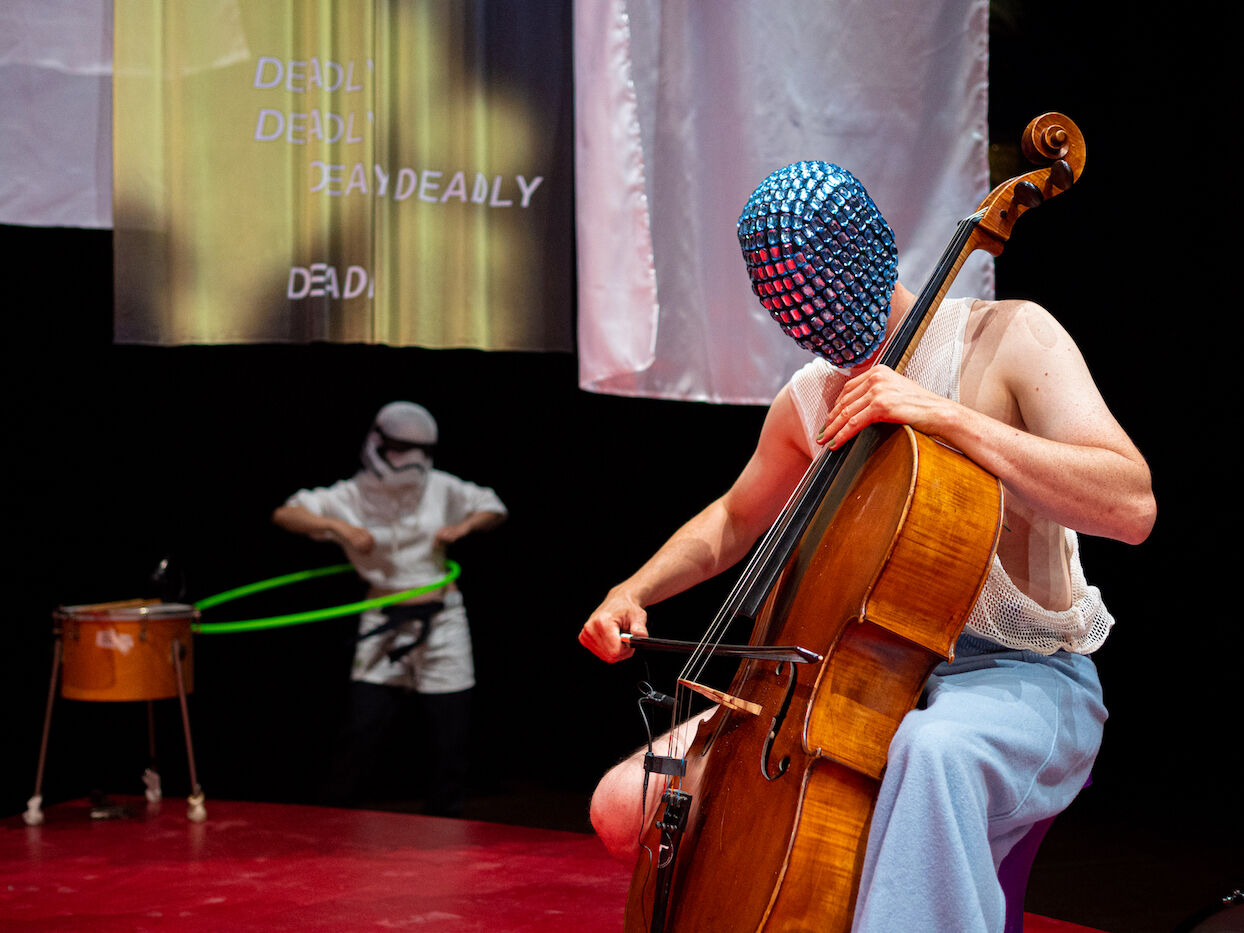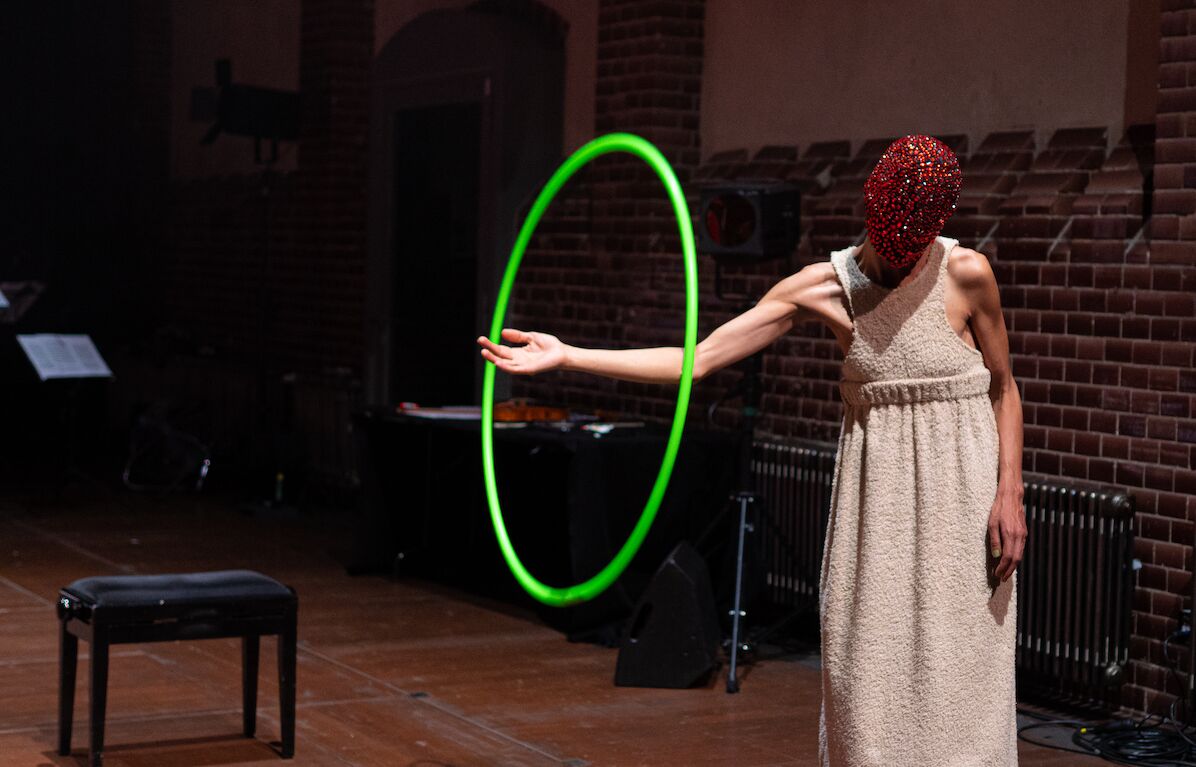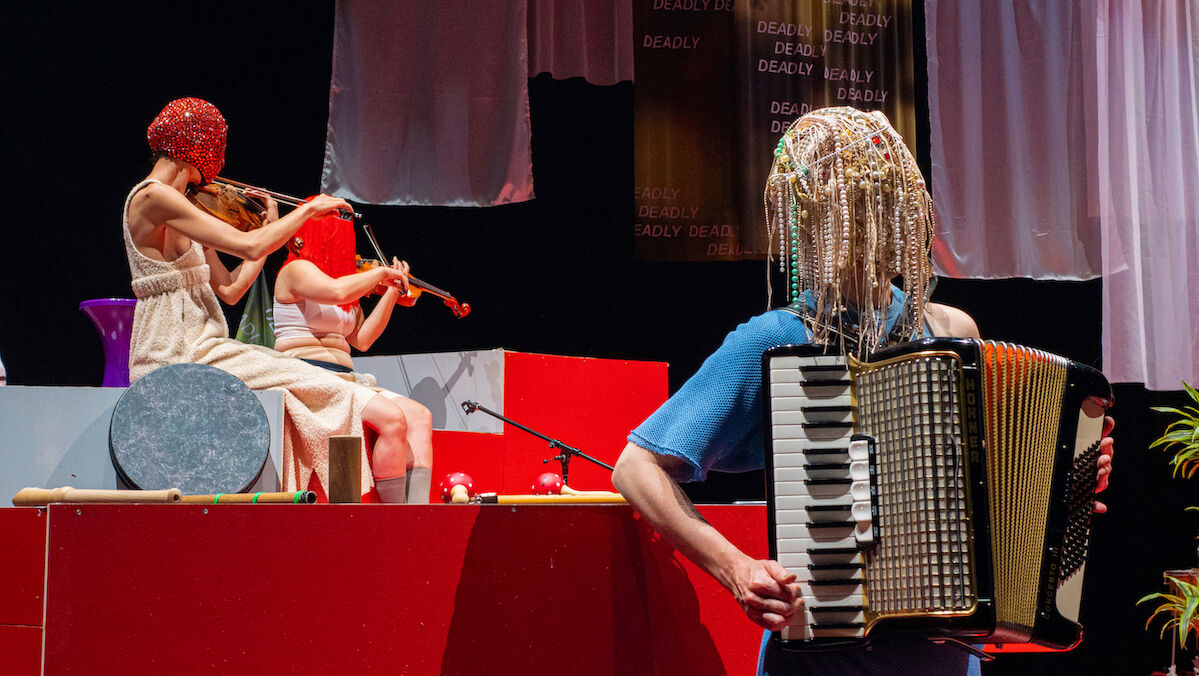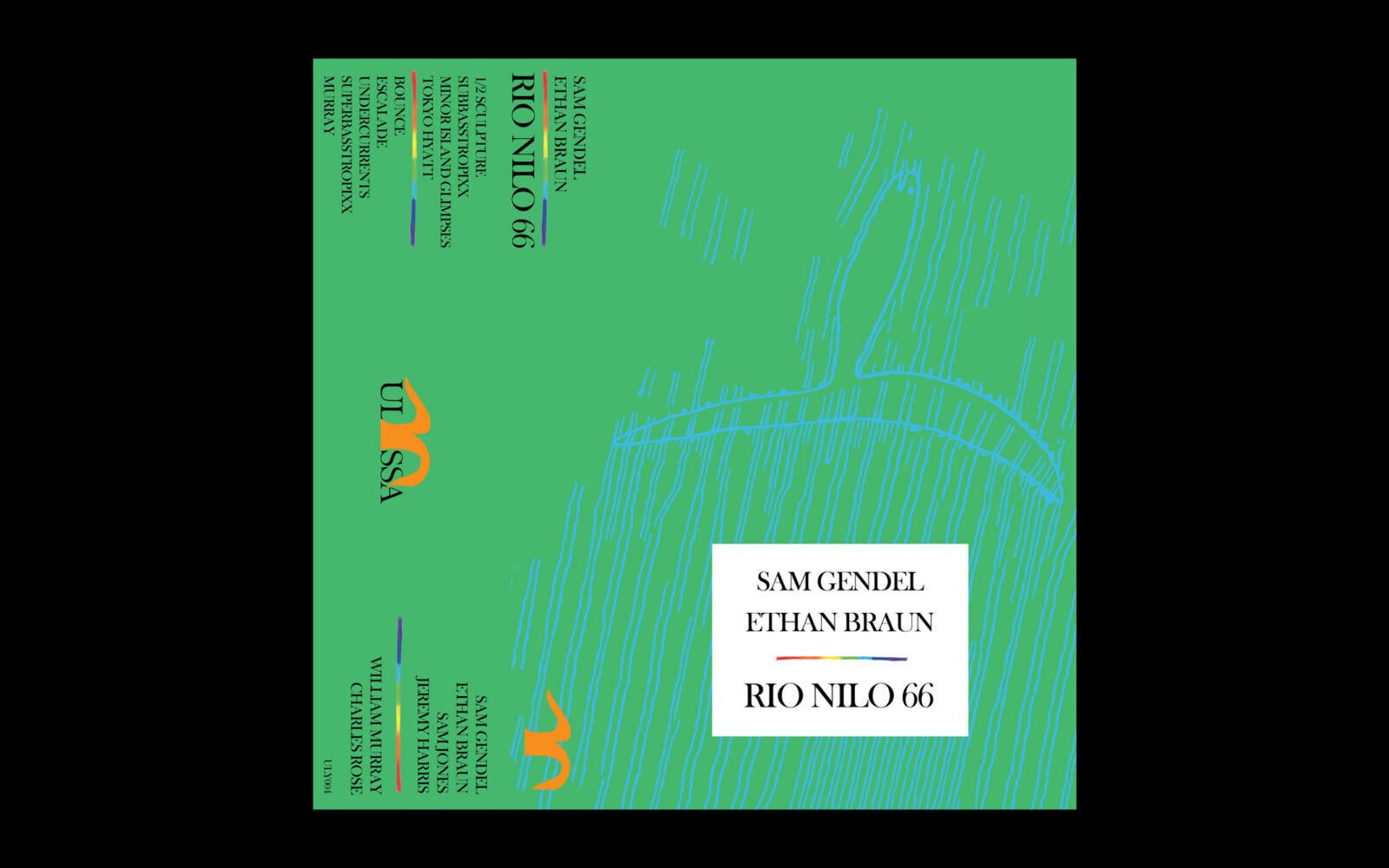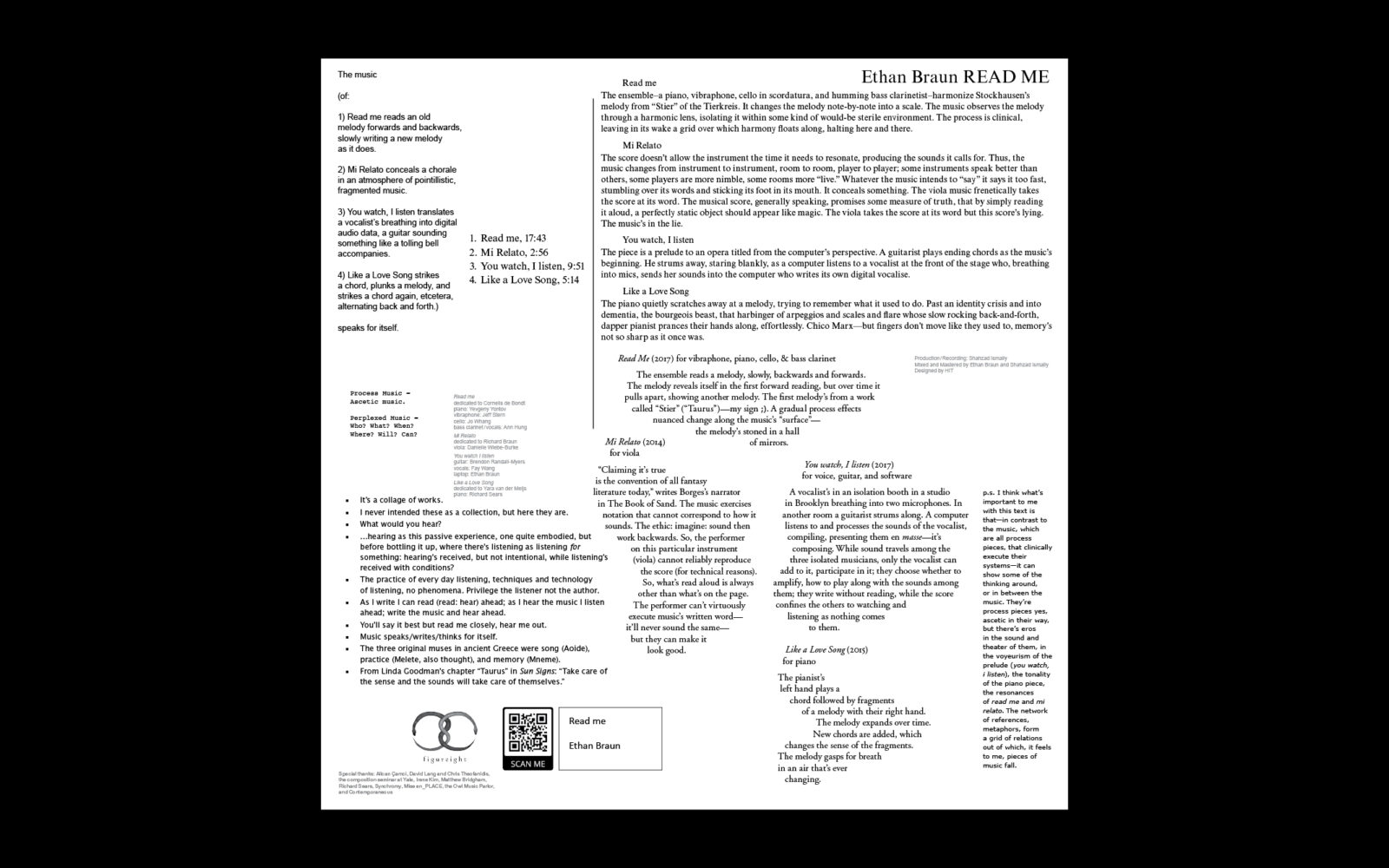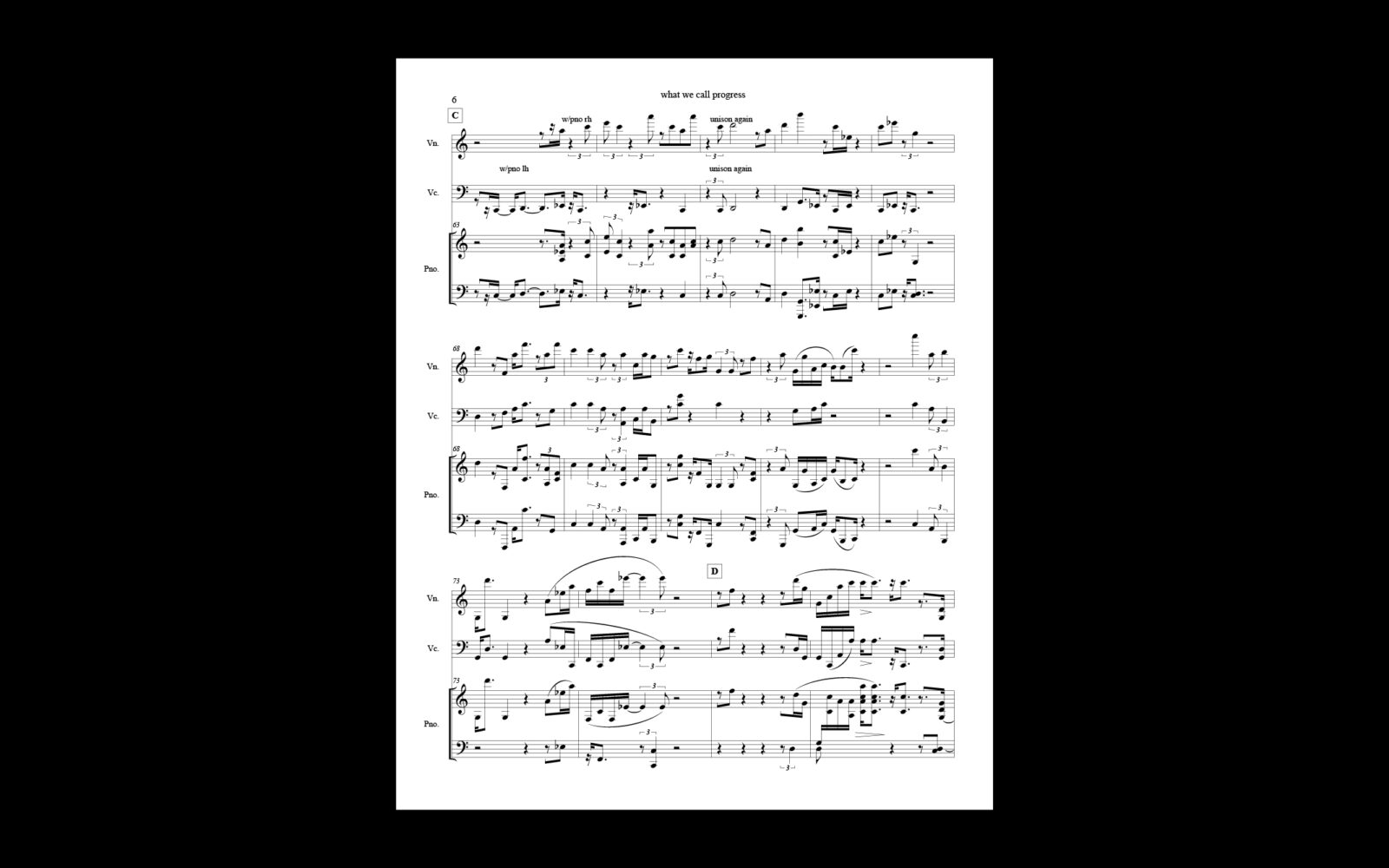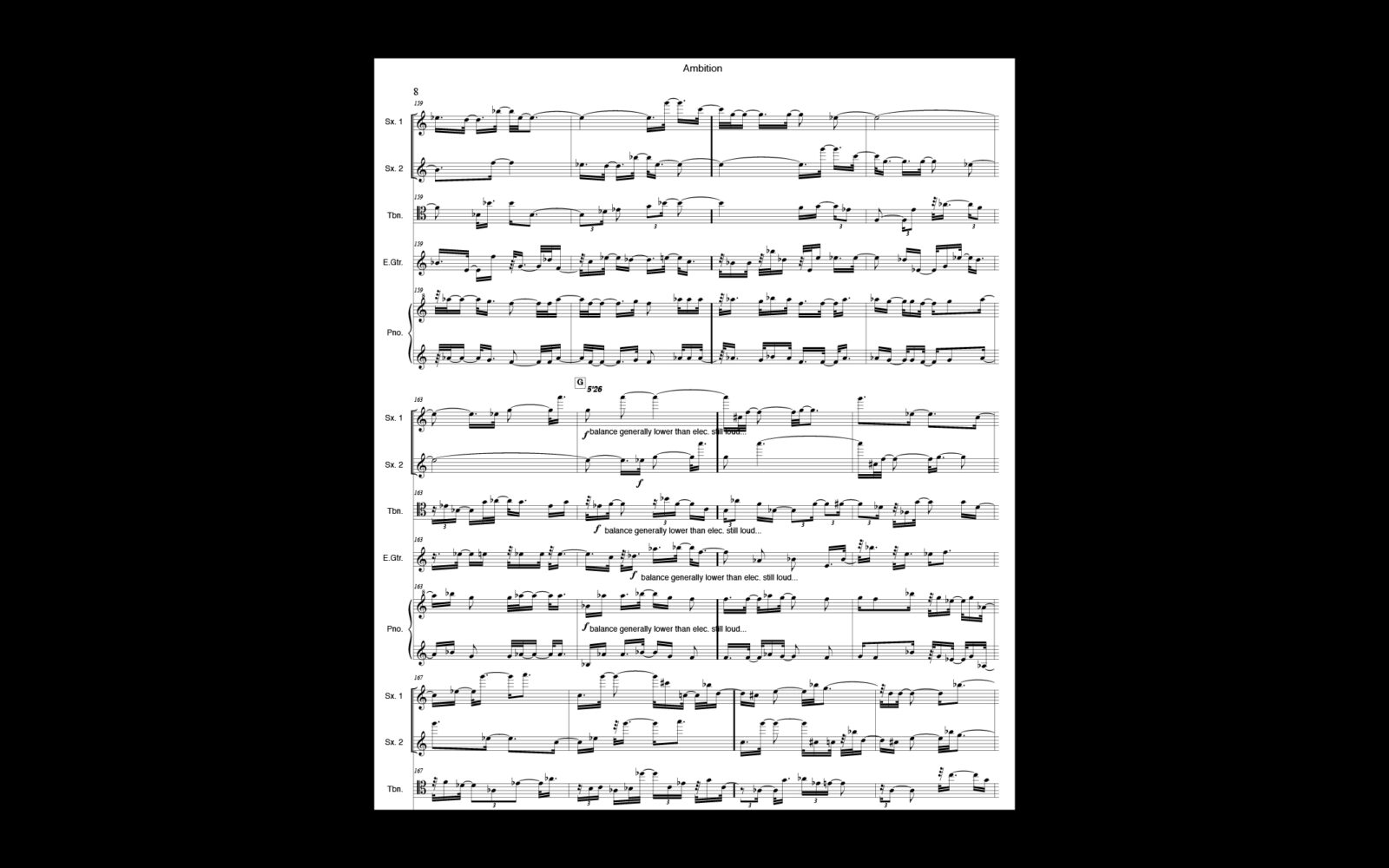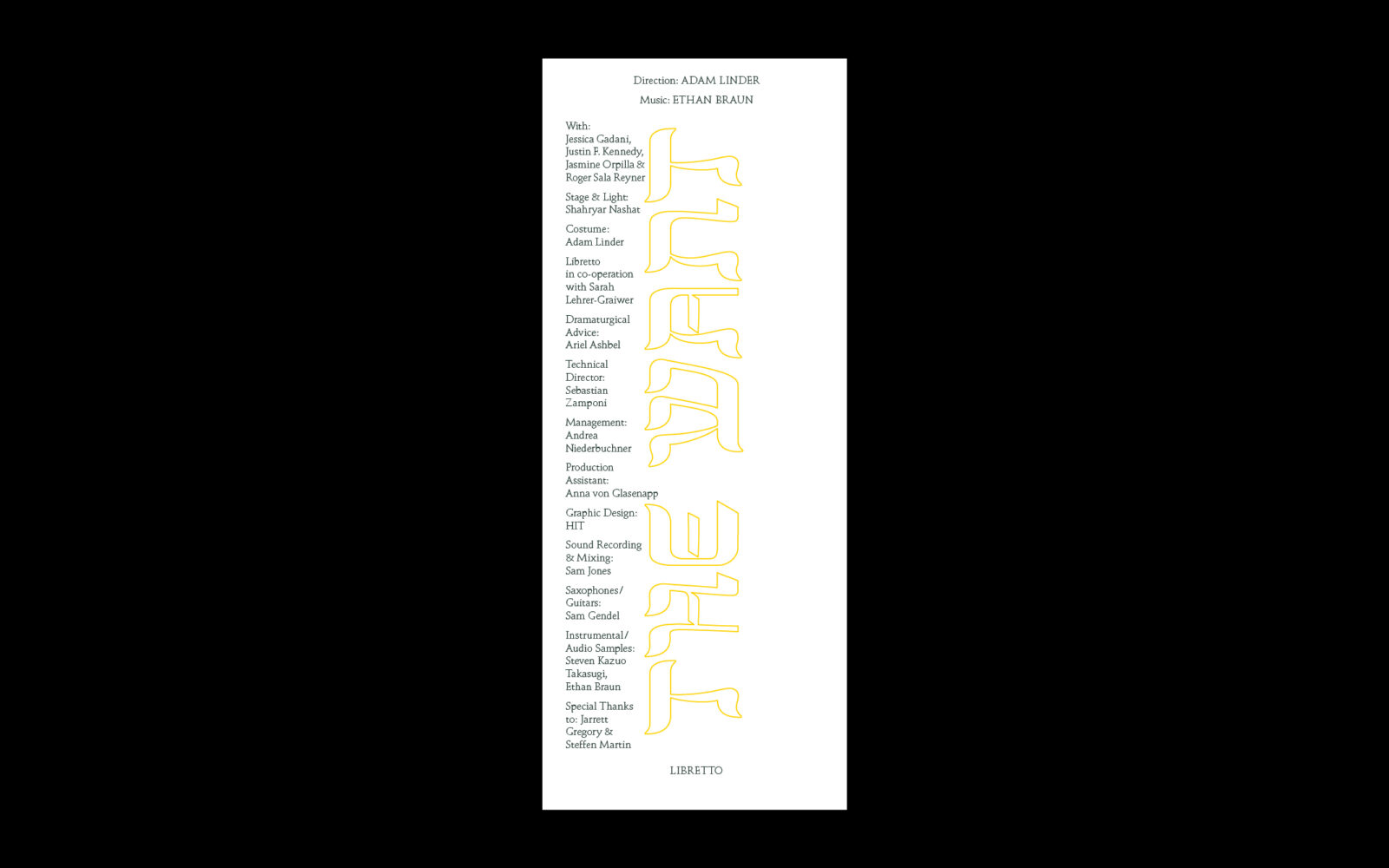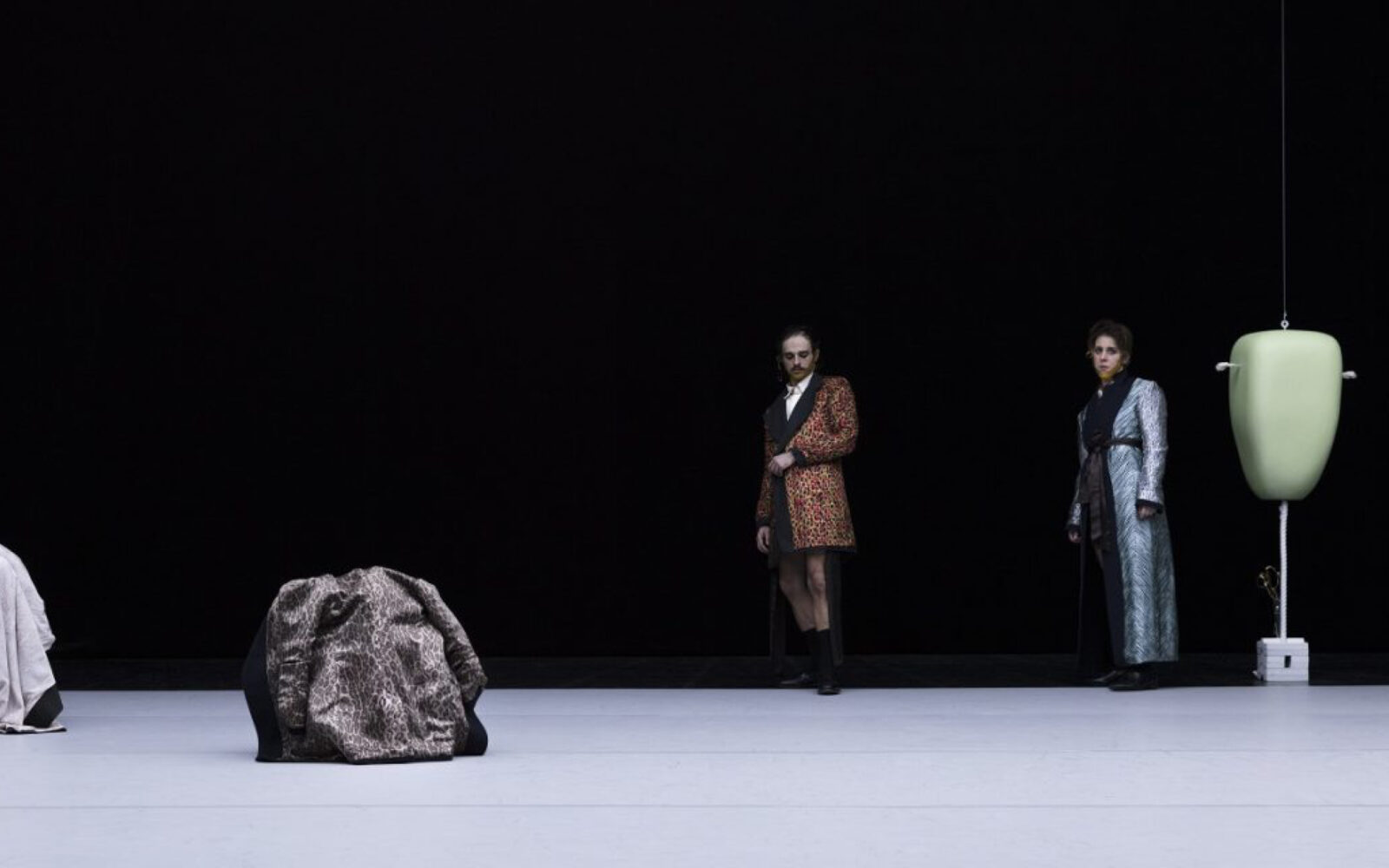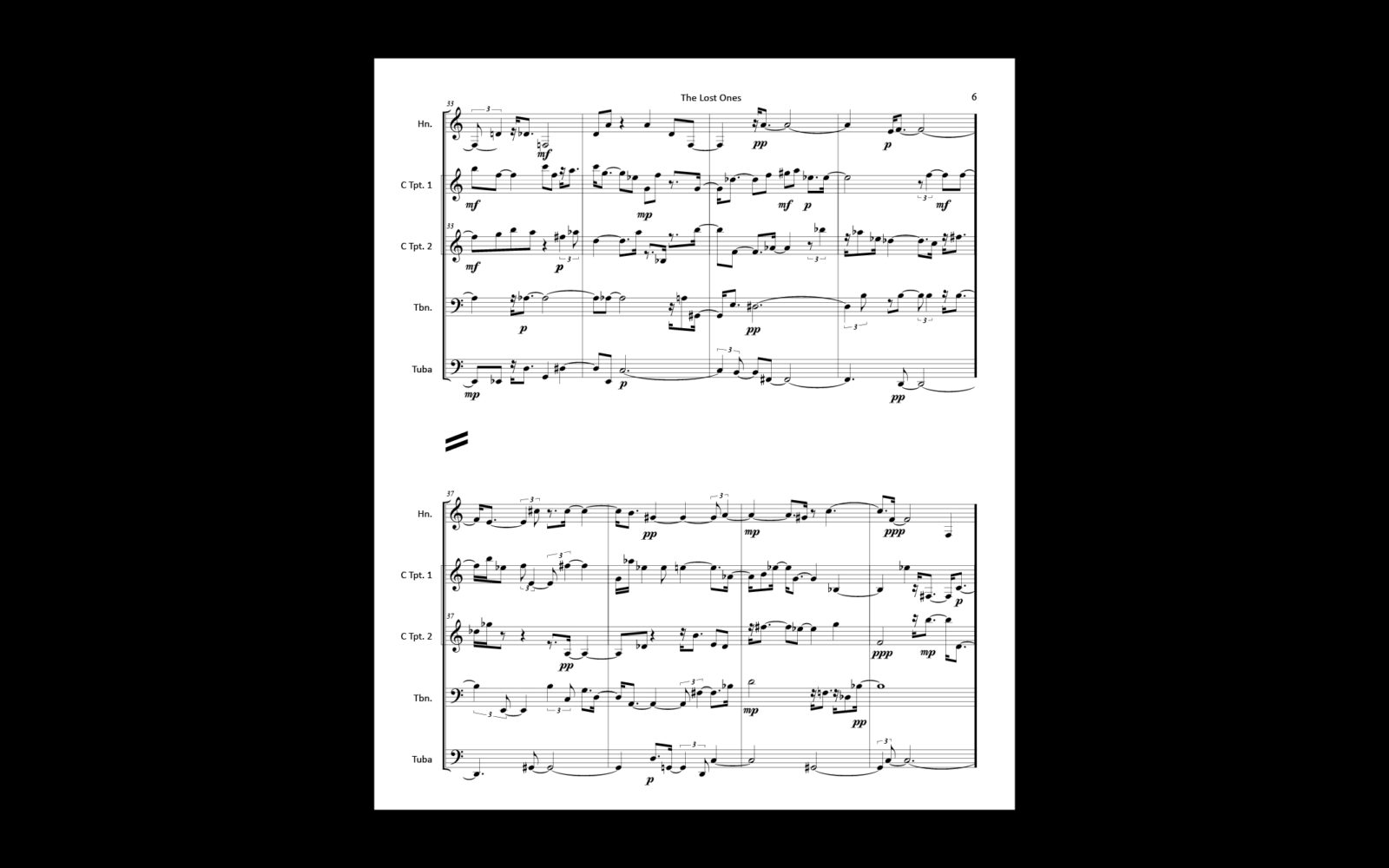In her film and sound works realised using the collage technique, the artist explores individual and collective memory. Her sound, video installation and LP «Vulnérable Witness» picks up on latent premonitions, things that can be heard through walls and protests, alluding to the fragility of the world order, whose changes often announce themselves quietly but audibly.
The six sound pieces consist of different speech sounds that overlap and mix with atmospheric recordings from nature: An orchestra warming up, guitar sounds and the buzzing of flies, a babble of language ranging from commercial jargon to meditations on sleep, the voice of a teenager describing a series of disaster scenarios, fragments of radio programmes, voices in stairwells, dripping taps and flickering neon lights. All these elements, cut out of everyday life, suggest micro-fictions of very current, fragile temporalities.
The idea for the work initially came from the notes I took of my daughter during the pandemic, when she started sketching out various disaster scenarios and asking us parents how we would react to each one. In February 2022, when Russia started the war against Ukraine and the first demonstrations against the war took place, I started to develop the work further. Some of the soundscapes relate to the current political situation, while others allude to very personal levels.
Produced & mixed by Ethan Braun | Mastering by Sam Jones | Artwork by HIT | Editing by Anita Di Bianco | Label: Jacques Linard, Still life with shells and coral, ca. 1630
